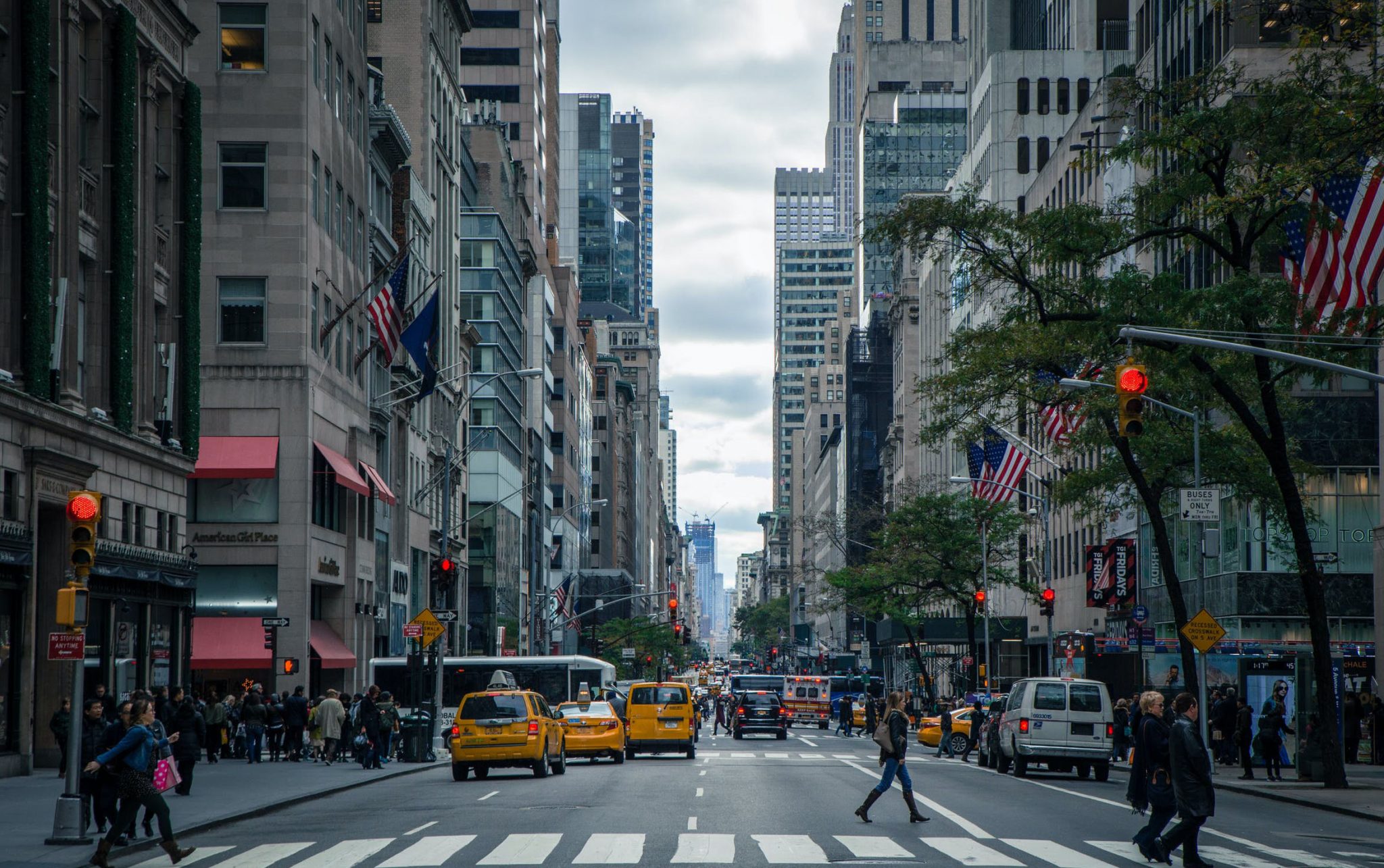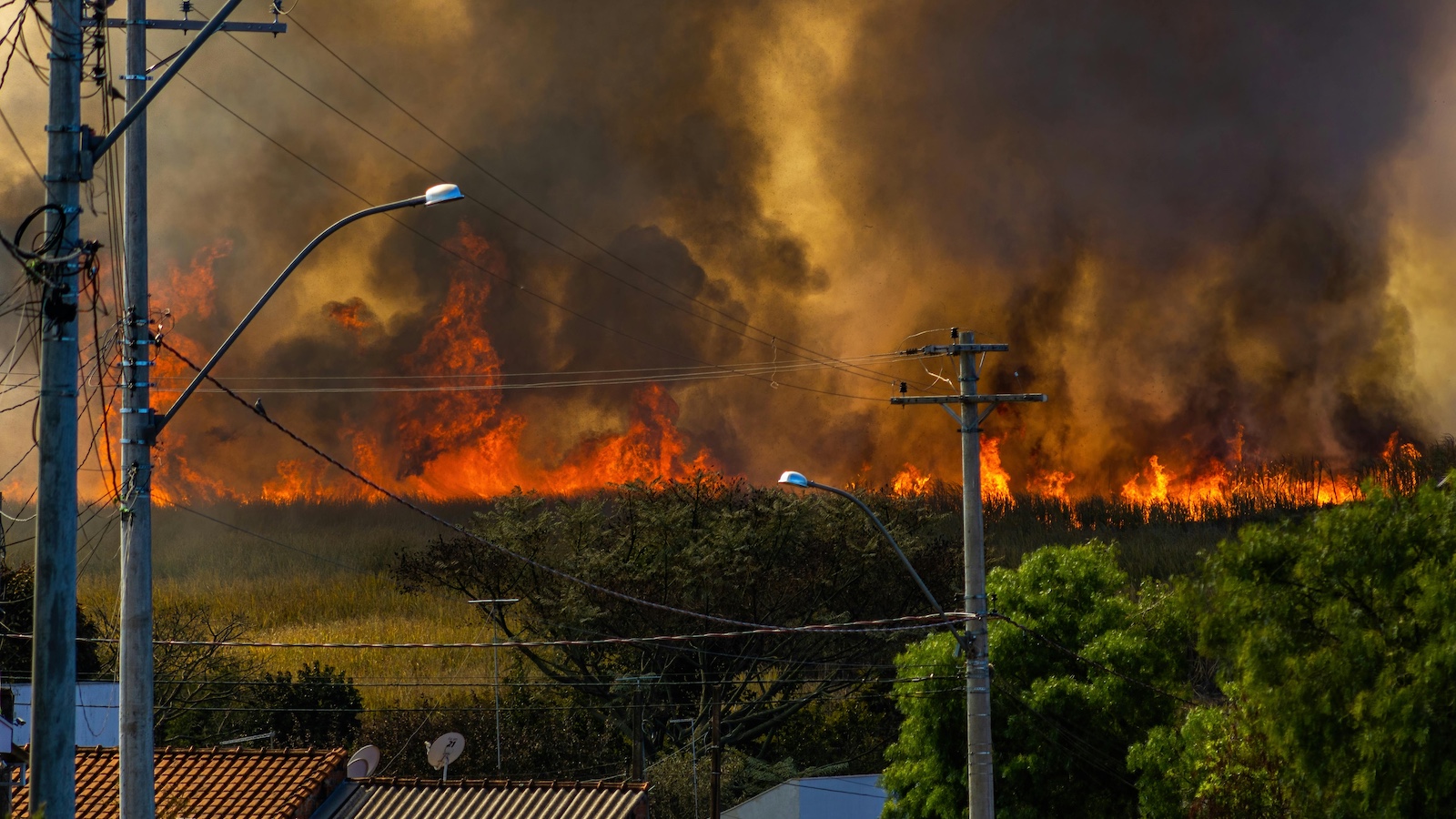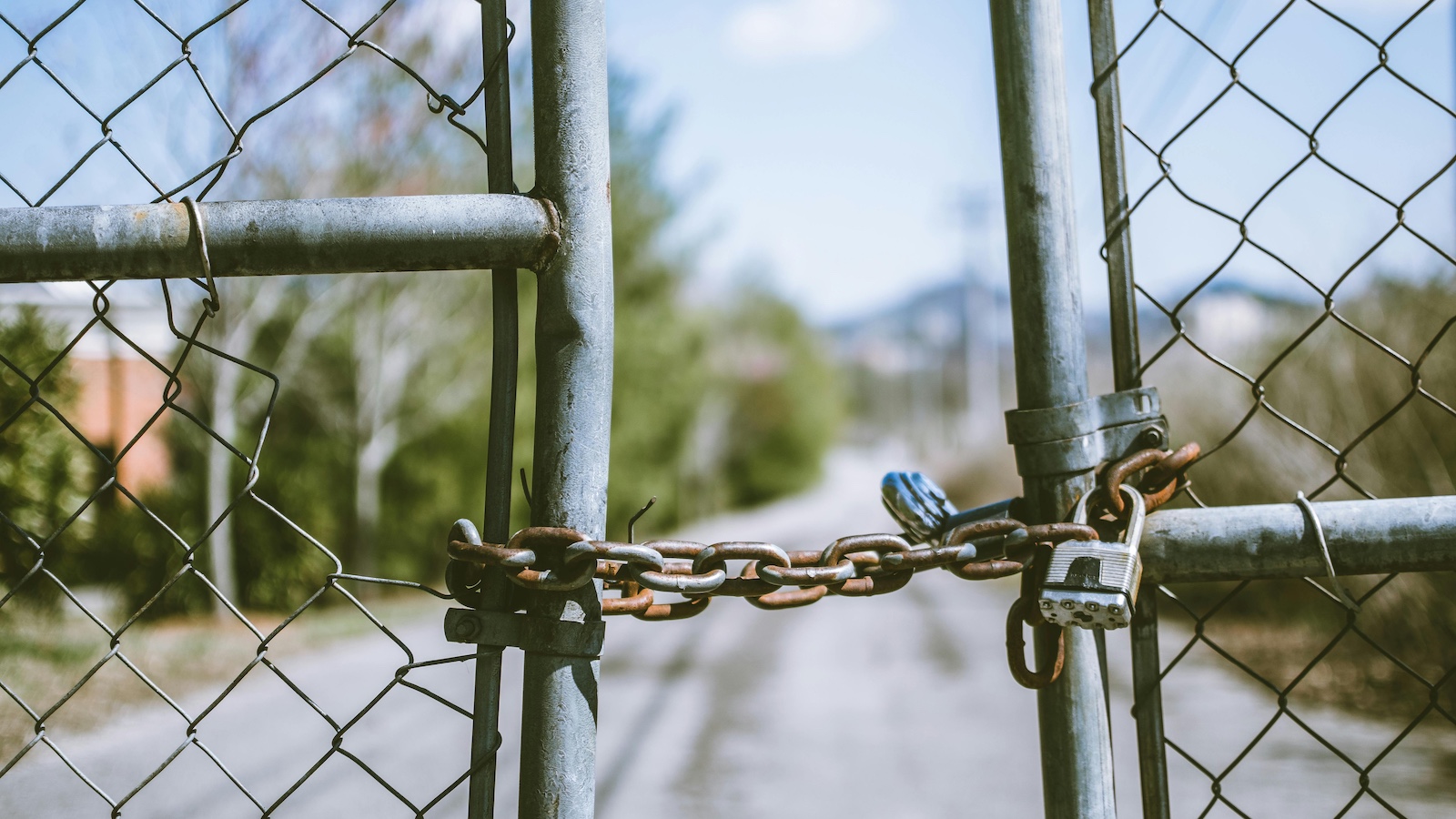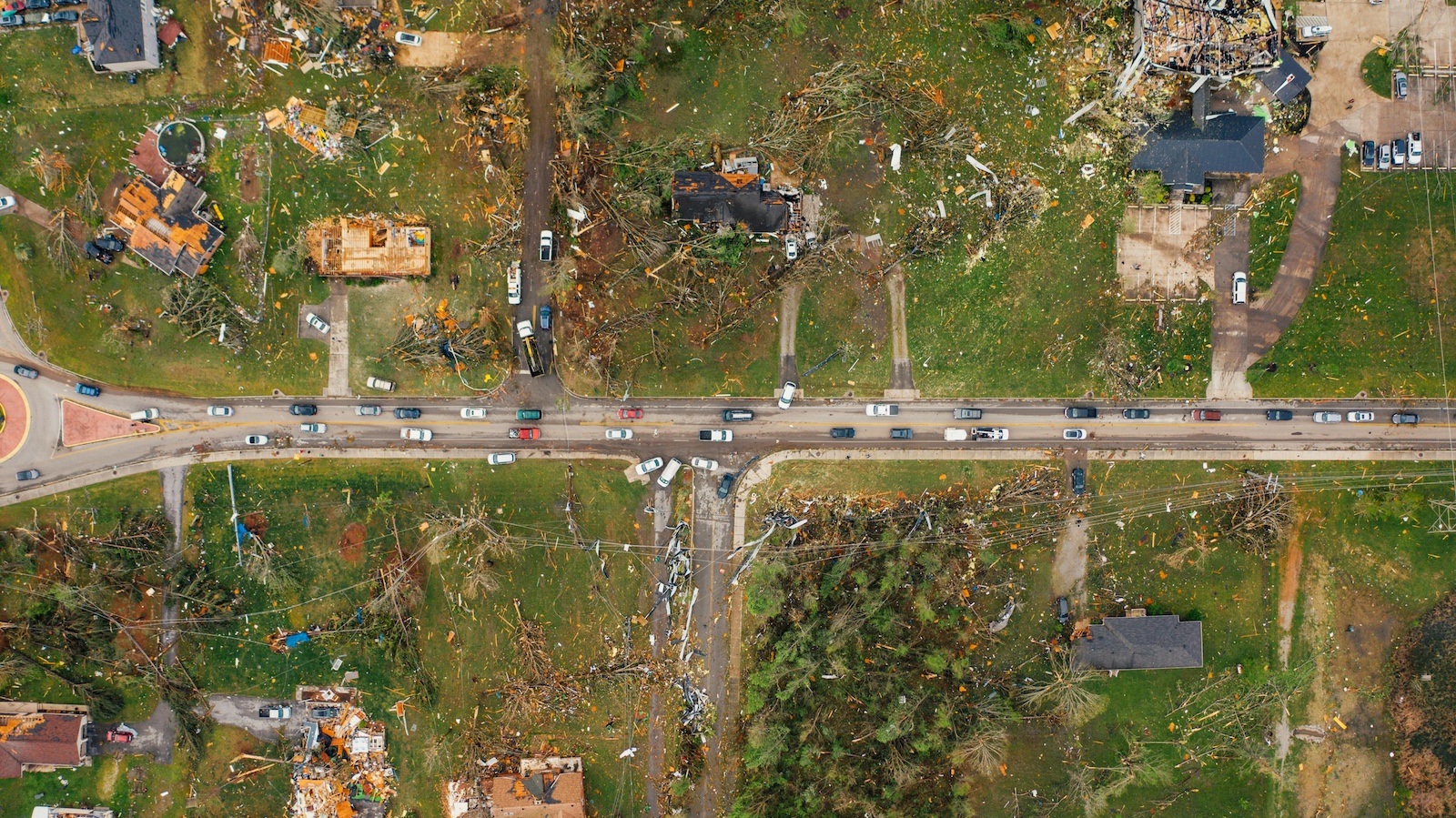With national flags flying among banners and placards promoting conspiracy theories, the mob quickly overwhelmed police barriers and stormed the steps of the legislative building. Hundreds were arrested.
This wasn’t the 2021 insurrection at the U.S. Capitol, but a demonstration that drew 40,000 people to protest Germany’s coronavirus lockdown.
The German riot echoed protests in Hong Kong a year earlier, when hundreds broke into the Legislative Council, spray-painting messages on walls and breaking glass.
Around the world, citizens are protesting more – and increasingly such protests are turning violent.
Data from the Global Peace Index 2020 show civil unrest has doubled around the world over the last decade, with the numbers of both non-violent and violent demonstrations rising sharply. Riots nearly quadrupled in the last decade, and violent protests occurred in 58% of countries during 2019 – a development that reflects a longer-term trend. On the positive side, the death toll from terrorism continued to fall, with just over 8,000 total deaths recorded in 2019, down from a peak of 33,555 in 2015.
Civil unrest incidents are becoming the main political risk exposure for companies, as reflected in the findings of the Allianz Risk Barometer 2021, in which "political risks and violence" returned to the top 10 risks for the first time since 2018. The number, scale and duration of such incidents in the last two years is staggering, with the extreme aspects of the French “yellow jackets” protest movement inspiring other groups.
Throughout 2019, “yellow jacket” demonstrations drew some 300,000 people, constructing barricades and blocking roads, and turned increasingly violent, with 2,000 protestors and more than 1,000 police reportedly injured. Meanwhile, demonstrations throughout the U.S. in 2020 are estimated to have caused $1 billion in damages, although the final cost could reach $2 billion, according to Property Claim Services (PCS), a company that has tracked insurance claims relating to civil disorder.
A Shorter Fuse
Unfortunately, the risk of riots and violence is likely to become more acute, thanks to the Covid-19 pandemic. The measures governments have used to combat the coronavirus have had a significant socioeconomic impact, and frustration is growing in large population segments.
The International Labor Organization (ILO) estimates that 8.8% more global working hours were lost in 2020 than in 2019 – the equivalent of 255 million full-time jobs. According to a Pew Research study, 15% of U.S. adults interviewed had lost their work because of Covid-19, and one in four had trouble paying bills since the outbreak.
Covid-19 has both magnified underlying long-standing grievances and given them a focal point. The pandemic has also hurt political stability, increasing polarization and bringing into sharp relief issues surrounding equality, worsening labor conditions and civil rights.
With no end to the pandemic-induced economic downturn in sight, protests are likely to continue climbing. Verisk Maplecroft, a leading research firm specializing in global risk analytics, expects 75 countries to experience an increase in protests by late 2022. Of these, more than 30 – largely in Europe and the Americas – will likely see significant activity. And when emergency spending by governments ends in the post-pandemic period, the economic fallout is likely to reverberate for years, ensuring a tumultuous decade ahead.
Business in a Time of Unrest
Conducting business in a time of civil unrest can be hazardous. Revenues can suffer if the surrounding area is cordoned off for a prolonged time or while infrastructure is repaired to allow reentry of customers, vendors and suppliers. For example, during the “yellow jacket” demonstrations, shops along the Champs-Élysées were looted and heavily damaged, which drove customers away. After only three weeks of demonstrations, the French retail federation reported that retailers nationally had lost $1.1 billion in revenue. Bruno La Maire, the French Finance Minister, described it as a “catastrophe for our economy.”
See also: Crisis Invigorates Insurance Innovation
One of the most important steps businesses can take in preparing for civil unrest is to check insurance policies. In addition to losses incurred by civil disturbances, standard policies cover income loss caused by a riot or civil commotion. This includes if a business is forced to suspend operations or limit hours due to rioting. However, some policies are only triggered if the premises are physically damaged.
Why Property Insurance Is Not Enough
The scale and extent of civil unrest is blurring the lines between when the general riot cover of property policies becomes political in nature. This can place such events outside the scope of standard insurance and may lead to damages caused, for example, as a result of a political protest being rejected. Specialist political violence insurance (PVI) covers the impact of civil commotion, strikes, riots and terrorism plus physical damage incurred during a process of mass social uprising, revolt or military coup. It is in increasing demand after the events of the last two years.
No Putting the Genie Back
Businesses should review their business continuity plans. Typically, these only focus on national catastrophes, but there is a need for BCP plans to address political disturbances and other types of business disruption like cyber.
While the successful rollout of vaccines may help calm the situation worldwide, we do not believe this alone will see the risk of civil disturbances and riots decline again. The pandemic has enabled conspiracy theories to flourish in large parts of the population, which has prepared the ground for future turbulence.
Insurers are working to understand the dynamics of such situations. At the moment, we can’t predict when a demonstration will turn into a riot, but we need to gain a better understanding of what the triggers are. If we can answer this, there are huge implications for the insurance industry in terms of the impact of the magnitude of losses.






